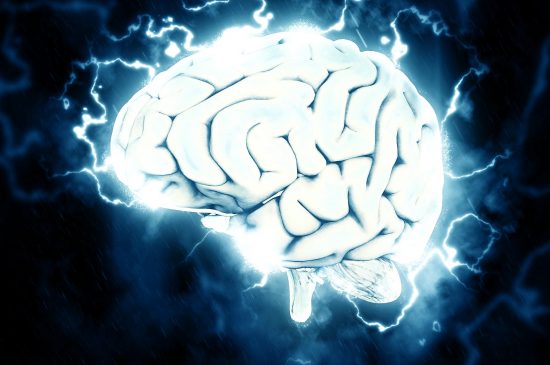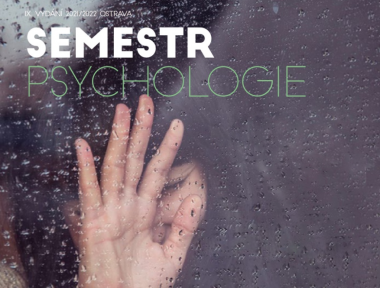Headaches can manifest as a multifaceted health condition, defying the common perception of their simplicity. There are several different types of headaches, each with their own set of symptoms and treatment. Once you identify the type of headache, you and your doctor can work on finding the best appropriate treatment. In today’s article, Dr. Ariel clarifies common misconceptions about this topic.
What causes headaches?
Dr. Ariel da Rocha: Although medical professionals are unsure of the exact causes of the majority of headaches, they have ruled out the involvement of brain tissue and the skull because neither contains pain receptors. A headache is a type of pain caused by irritation and/or inflammation of intracranial or extracranial structures that contain pain receptors (eg, meninges, cranial nerves, blood vessels).
How do we classify headaches?
Dr. Ariel da Rocha: Headaches are classified into two types: Primary and secondary. Primary headache is a headache that is not caused by another underlying condition. The most common types include: Migraine headache, tension headache and cluster headaches. On the other hand, secondary headache is a headache that is caused by another underlying condition such as hypertension, vision problems, excess caffeine, lack of sleep, head traumas, space-occupying lesions, hemorrhages, medication overuse etc
When should I worry about a headache?
Dr. Ariel da Rocha: Patients should be aware of what doctors call “red flags of headaches”. Here are some warning signs that patients should worry about:
- Presence of systemic symptoms such as fever, muscle pain, or signs of meningitis.
- History of neoplasm (tumor)
- Neurological deficits or dysfunction, including seizures or altered mental status.
- Abrupt onset of headache.
- Older age at onset of headaches, typically over 50 years.
- Headache worsened by sneezing, coughing, or exercise.
- Occurrence during pregnancy or the postpartum period.
Can you get into more details about the differences between the primary types of headaches?
Dr. Ariel da Rocha: As previously mentioned, primary headaches are not caused by another underlying cause. The main types of primary headache include: Tension headache, migraine and cluster headaches.
Tension headaches are triggered / exacerbated by stress, anxiety, depression, lack of sleep, or fatigue. Tension headaches typically don’t cause nausea, vomiting, or sensitivity to light. They do cause a steady ache, rather than a throbbing one, and tend to affect both sides of the head and neck. They are often described as feeling like a tight band is wrapped around the head and It usually lasts for minutes to days.
Migraine headaches on the other hand, are triggered not only by stress, but also by fluctuation in hormone levels ( oral contraceptives, menstruation) and by certain types of food like chocolate or processed meat. In most cases, patients experience a pulsating/ hammering pain that can be felt unilaterally. Migraine is characterized by recurrent attacks and may occur with aura or without aura. Migraine with aura comes with specific warning signs just before it begins. These include changes in the vision, or speech. Migraine without aura, the most common type, happens without specific warning signs. It may start more slowly than classic migraines, last longer, and interfere more with daily activities. Migraine aura without headache, also known as silent migraine occurs when an aura or other migraine symptoms are experienced, but a headache does not develop.
Last but not least, cluster headaches are triggered by alcohol and are often described as burning or piercing. Attacks develop within minutes and can even wake the patients up from sleep. It is often felt around the eye, temple, and sometimes face. It begins suddenly and without warning.
How can we treat primary and secondary headaches?
Dr. Ariel da Rocha: Tension headaches can be treated with Non-steroidal anti-inflammatory drugs (NSAIDs), such as ibuprofen, diclofenac or naproxen. Long-lasting tension headaches can be treated with amitriptyline. NSAIDs should also be used to treat migraine. Anti-vomiting medication can be added if patients are experiencing nausea or vomiting. Cluster headaches are treated with triptans. When it comes to secondary headaches, patients should focus on treating the underlying cause ( hypertension, lack of sleep, stress )
Is there anything else you would like to share with our readers?
Dr. Ariel da Rocha: The information you give your physician about your headaches is the most important part of the diagnosis process. The characteristics and location of pain, frequency, and possible triggers are essential for a more accurate diagnosis and treatment plan Although imaging tests (CT-scan and MRI) can be important when ruling out other diseases, they do not help in diagnosing migraines, and cluster or tension-type headaches. Headaches continue to be a major cause of absenteeism from work and school. They also take a toll on social and family life. In some cases, persistent headaches can cause feelings of anxiety and depression. It is advisable to seek medical help if you experience frequent headaches, if they are more severe than usual, or if they fail to respond to appropriate use of over-the-counter drugs.
Leticia is a 4th year medical student at University of Ostrava. As a future doctor, her main goal is to make a valuable contribution to people’s lives by educating them about health-related topics and helping understand more about what happens to their body.


 4 min.
4 min. 


